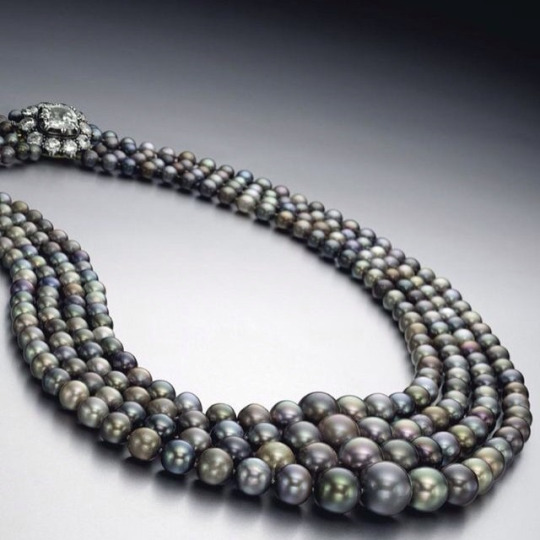Shirley Temple's Blue Diamond
/The blue diamond ring that belonged to child-star-turned-diplomat Shirley Temple is going up for auction at Sotheby’s next month.
The 9.54 carat stone was bought by the former Hollywood actress’s father around her 12th birthday for $7,210 in 1940 and it became a favored piece of jewelry.
Shirley Temple Temple began her film career in 1932 at the age of three and in 1934 she found international fame in Bright Eyes. She was well known for her bouncy curls and outgoing personality (she was cute as a button!). From 1935 through 1938 she was Hollywood’s biggest box office star.
As Shirley Temple Black, she had a long career in public service and was the US ambassador to Ghana and Czechoslovakia. She was also appointed as Chief of Protocol by President Gerald Ford in 1976 and was involved in preparations for President Jimmy Carter’s inauguration.
She died in February 2014 at the age of 85 at home in Woodside, California.
Blue Diamond Ring being Auctioned by Sotheby's in April
BLUE DIAMOND RING On a Model's hand
Shirley Temple Black as US Ambassador
The stone has a pre-sale estimate of between $25 million and $35 million and is scheduled to go under the hammer on April 19.
According to Frank Everett, sales director for Sotheby’s jewelry department in New York the ring had been sold by her estate to a private buyer and that buyer was now putting it up for auction. The stone is in its original platinum and diamond setting. A gold setting that Temple had made for it will also be included.





































